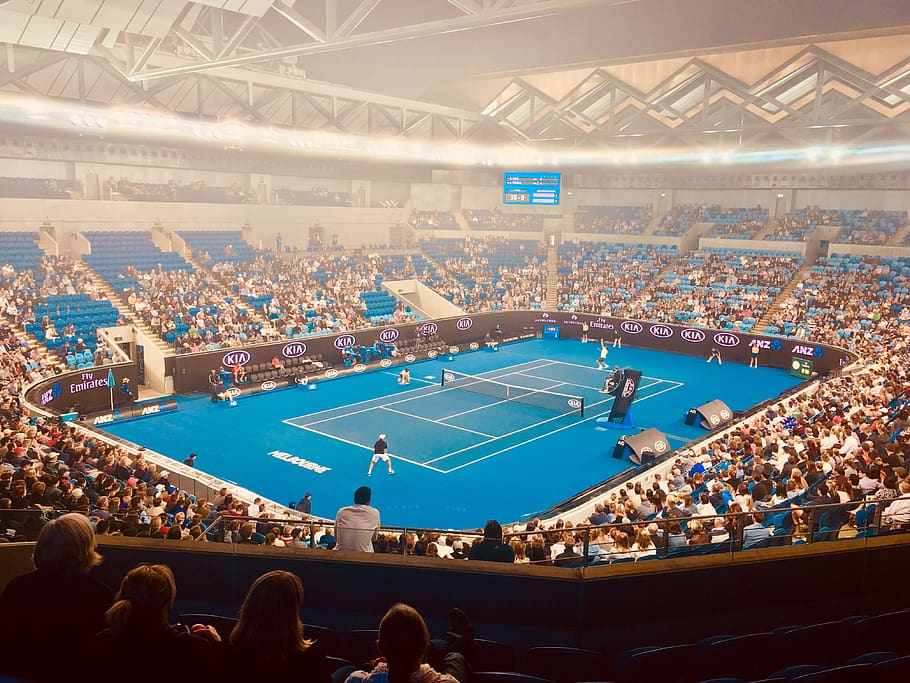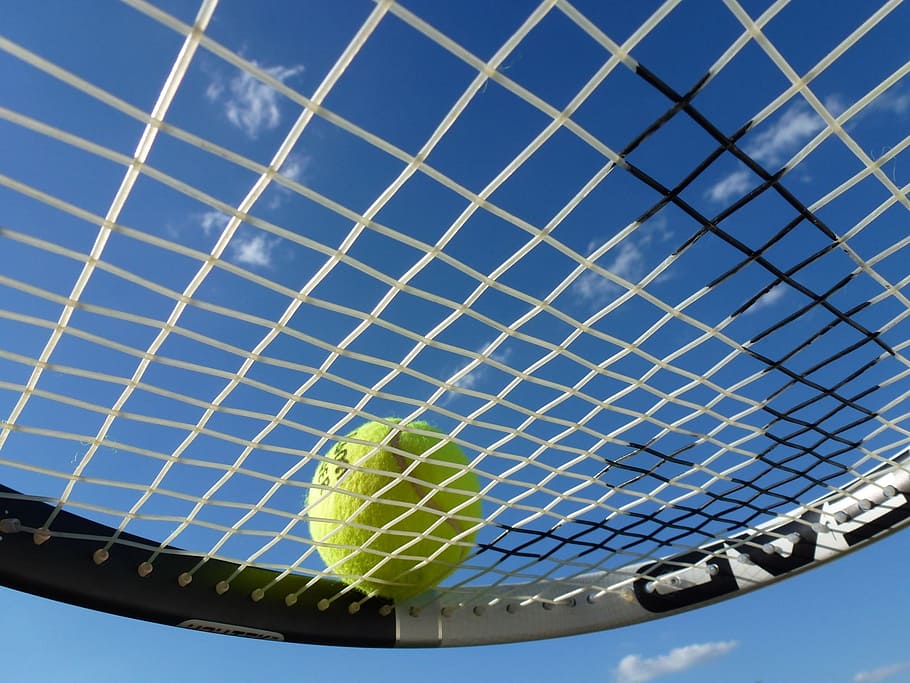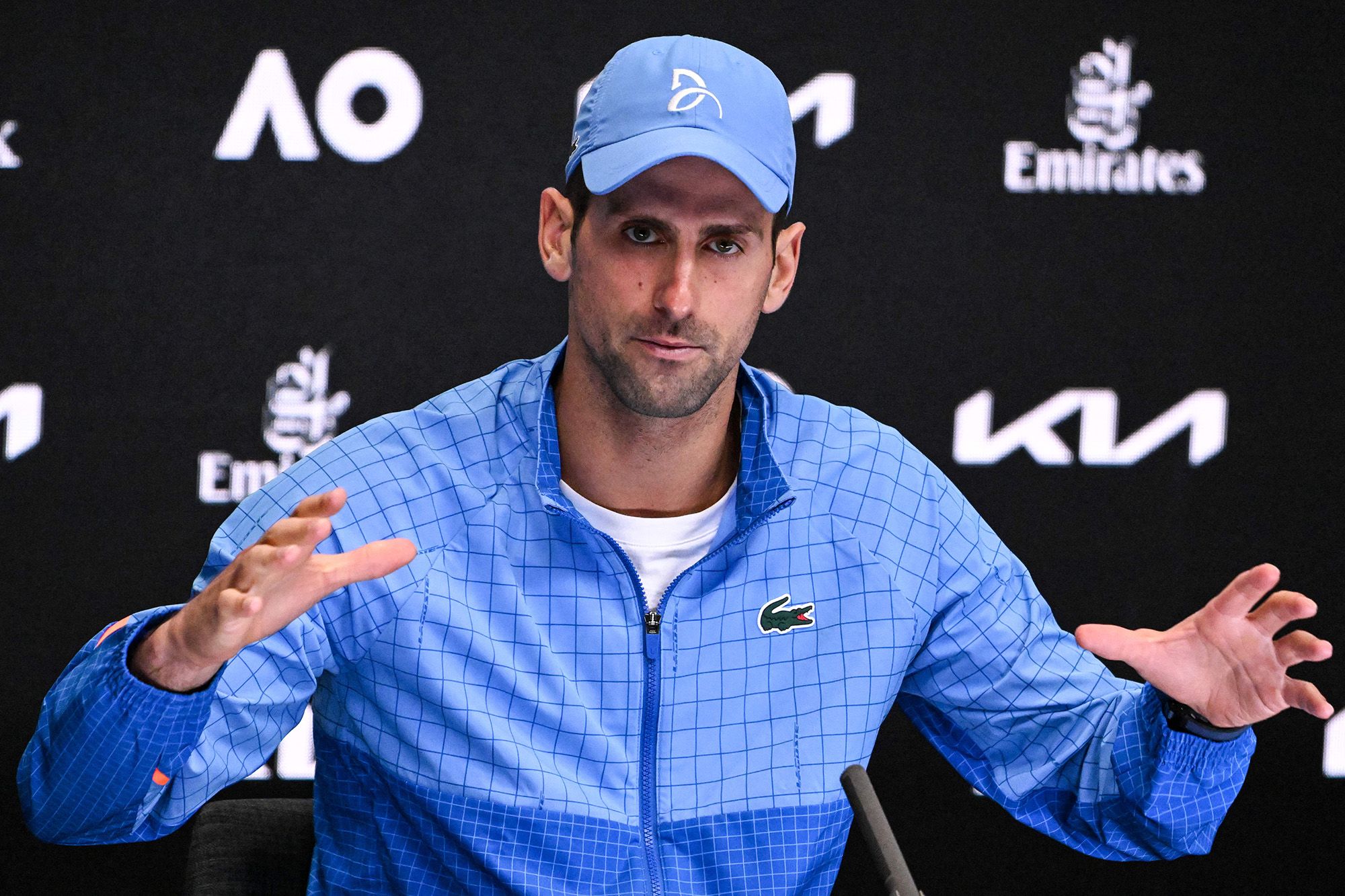Both Aryna Sabalenka and Novak Djokovic claimed Australian Open titles at the start of the 2023 tennis season. Now that the dust has settled, we can look back with intrigue at some of the biggest upsets ever witnessed in Melbourne. Both Sabalenka and Djokovic were by no means shock champions, with Sabalenka seeded fifth and Djokovic seeded fourth (and having won the title for a tenth time in his career).
However, there have been plenty of seeded players dumped out by unfancied, lowly-ranked players through the decades. This article shines a spotlight on the most notable ‘bad beats’ in the tournament’s history. A bad beat is one of the most popular phrases coined by the classic card game of poker. It’s assigned to a situation where a statistical underdog somehow defeats a hand that has a 90-95% chance of winning on the flop. Grand slams in tennis are no strangers to bad beats either, with unlikely qualifiers occassionally catching their one lucky break to win life-changing prize money.
Let’s have a look at five of headline-grabbing bad beats at the Aussie Open:
Denis Istomin Vs Novak Djokovic (2017)
Novak Djokovic was the six-time Australian Open champion heading into the 2017 tournament. As the number-two seed, he was once again heavily fancied to make a deep run in Melbourne. Djokovic wasted little time in despatching Spaniard Fernando Verdasco in his opening round, before locking horns with world number 117 Uzbek, Denis Istomin.
Istomin was already fortunate to have battled his way through to land the Asian wild card playoff. Once a top-40 player in the world, Istomin’s skills and consistency had begun to wane. However, the Uzbek showed tremendous mental strength to overcome ‘Nole’ in a gripping five-set thriller.
Helena Sukova Vs Martina Navratilova (1984)
One of the biggest upsets in Australian Open history came in the 1984 ladies’ semi-finals. Martina Navratilova was at the peak of her powers. She went into the last four encounter with Helena Sukova on a 74-match winning streak – the biggest streak in history. After winning the last six Grand Slam championships back-to-back, no-one gave 19-year-old Sukova a prayer.
After losing the opening set 6-1, Sukova entered the ‘twilight zone’, winning the second 6-3 before storming into a three-love lead in the deciding set. Although Navratilova was able to play on Sukova’s nerves and fight back to 4-4, Sukova eventually prevailed 7-5 in the decider, closing out her sixth match point.
Mark Philippoussis Vs Pete Sampras (1996)
1996 was the peak era of Pete Sampras’ dominance in the men’s game. ‘Pistol Pete’ strolled into the third-round of the 1996 Australian Open, coming up against a home favourite in the shape of 19-year-old big-server Mark Philippoussis.
Sampras himself was considered one of the most explosive servers of the 1990s, but Philippoussis threatened to take power serves to even greater heights. He would blow his opponent away, offering Sampras very little on his service games. Philippoussis registered 29 aces throughout and never once had to defend a break point – a remarkable win.
Ramesh Krishnan Vs Mats Wilander (1989)
In the second round of the 1989 Australian Open, Swedish tennis ace Mats Wilander was paired with world number 51 Ramesh Krishnan. Wilander, who had reached three finals in his last four Australian Opens, was the defending champion in 1989 and the current world number one.
After reaching the summit, Wilander once admitted that he lost his mojo. The Swede had little motivation to improve as he’d already reached the peak of his sport. Krishnan was one such player to benefit from this shift in mentality, winning 6-3, 6-2, 7-6.
Alberto Martin Vs Lleyton Hewitt (2002)
Australian star Lleyton Hewitt finally reached the world number one ranking after a run of 22 wins in 23 hard court matches, culminating in the 2001 US Open title. Hewitt started the 2002 season with huge expectations heaped on his shoulders to continue that form on home soil.
In his opening match with 39th ranked Spaniard Alberto Martin, Hewitt would quickly come unstuck. Although he had the excuse of being in recovery from a severe bout of chicken pox, Hewitt was severely below par, losing in straight sets. The 2002 men’s tournament was the first time that the top four seeds were dumped out in the first two rounds of competition.

















